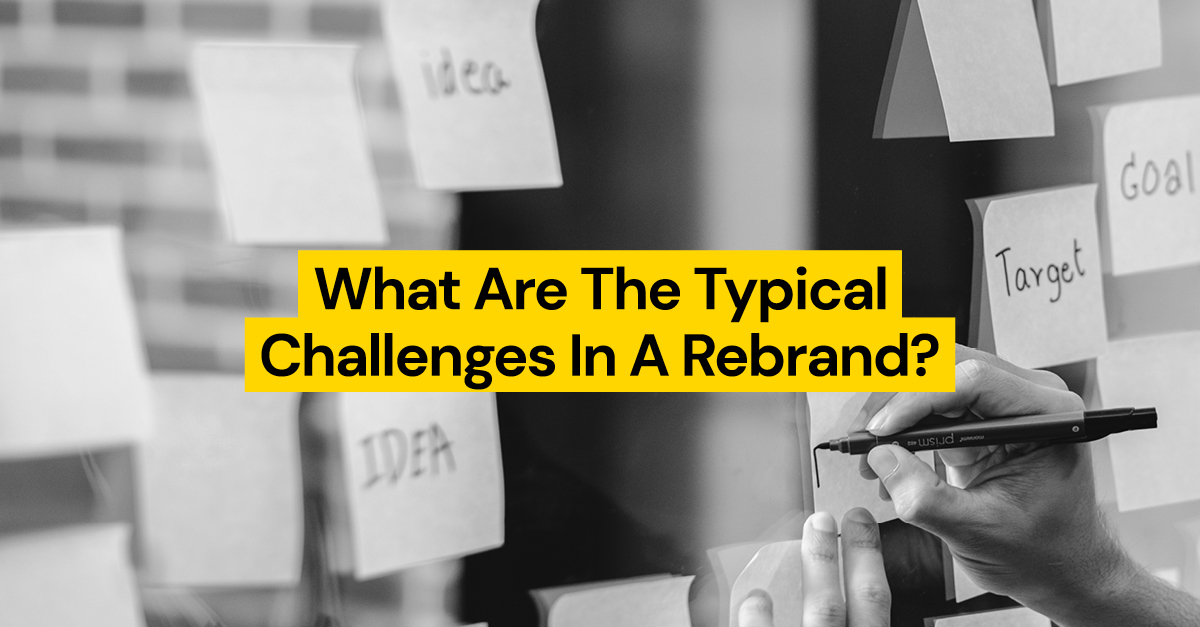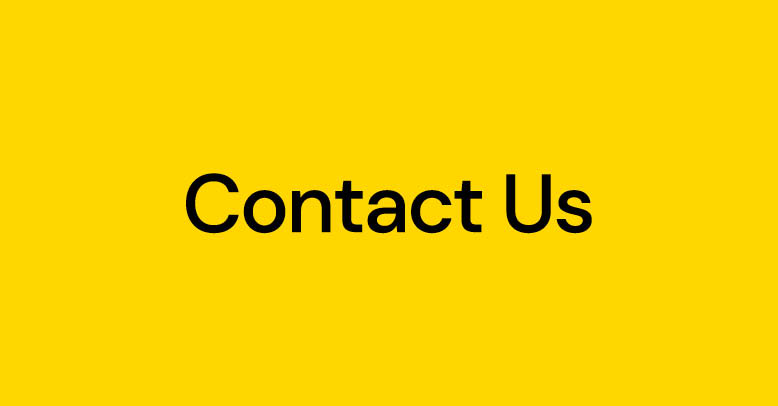There are rebrand and rebrands.
Rebranding an organisation that’s been established for 100 years, employs 5,000 people and operates from 10 different locations is a considerably more complex undertaking than rebranding a small software business that employs 10 people in one office.
1. Decide why you are rebranding in the first place.
There can be many reasons for wanting to rebrand:
- to mark a step change in the strategy
- to stack up better against the competition
- to appeal to a new customer audience
- to simplify and sharpen up the image and message
- to motivate the team
- to drive sales
Often it’s a complex mix of many of the above.
But knowing why you are looking at rebranding is the first step.
We are often asked to meet with companies who want a new website to support their new business agenda. They end up investing in a wider rebrand when they realise that to create a new website they need to develop a much better way of explaining their business. And to do that properly they need to re-examine their strategy in the light of what customers, employees and partners really think, need and want. It cuts to the very heart of their business purpose and ambition within a fast changing marketplace.
2. Understand the scale and scope of the task
Is it just a logo refresh or is it a whole new organisational strategy?
What will need to be changed once you decide to implement a new brand identity across your communications channels, physical spaces and brand experiences?
But before you get to start applying a new identity system, are there wider implications for the business such as sharing and explaining the new thinking with customers, employees and partners so they understand the full rationale?
A bit of time spent looking at the implications for a rebrand is also likely to reinforce why it may be necessary in the first place.
The worst case scenario is when senior management are looking for a radical transformation in the way the brand is perceived and how the business performs and they hope that a new logo on its own will do the trick! Changing perceptions takes time and effort.
3. Set realistic expectations and measure performance
When you know why you are rebranding and what it will involve, then you can set some clear expectations and start to measure progress towards those goals:
- better employee recruitment and retention rates
- more website visitors, spending more time on your site
- more inbound sales enquiries
- a shift in the nature of products and services being sold
- greater prominence and recognition in the marketplace
- customer acquisition and retention
- increased sales, increased margins
Every one of these goals can be measured to track the impact of the brand but it requires really effective management information systems and the creation of regular, cross company reporting dashboards.
4. Find out what people’s views of the current brand are before you change anything
It’s tempting to rush in and start designing new logos and websites on day one.
But resist the temptation at all costs because there is so much to learn just by asking your people what they think about the current brand. Their answers may surprise you. If you listen carefully enough, you will gather insights that will make any new brand so much better. You’ll also learn a lot of valuable information about other aspects of the business that need attention.
It often concerns us that business leaders don’t spend more time listening to what their employees, customers and partners really think. They could learn a lot!
5. Involve your people in shaping a new brand for the future
A rebrand is a massive opportunity to involve your people in a debate about the future.
Ask people how their marketplace will change over the next 5 – 10 years and they will all have a pretty good understanding of the forces at play. Then ask them how they think the business needs to adapt to meet those challenges, and again they will be pretty clear about what needs to change mid to long term. Where it gets hard is deciding what needs to change in the next 6 – 12 months!
A rebrand is really just a process of refocusing your business, and therefore your people, on the future.
6. Don’t try to choose a new brand identity by committee
It can seem like a good idea to consult everyone about any proposed designs. But this can be time consuming and also end up becoming very confusing. You will never keep everyone happy.
If you are clear on why you are rebranding in the first place and you develop a clear brief that builds upon people’s view of the current brand, setting out clear objectives and measures of success, then it will be much easier to select a final creative solution.
Ultimately, a very small number of people need to take responsibility for assessing the creative options in the light of a good brief with clear selection criteria.
7. Use the opportunity to sharpen up your act across the whole business
The best rebrands somehow manage to simplify and sharpen everything. They are the marketing equivalent of a spring clean for the whole organisation making everything feel new, relevant and exciting.
To achieve that level of impact you need to be able to make some clear cut decisions about what you are going to stop doing and what you are going to start doing differently.
Applying a new logo to an out of date process and expecting a different result is unrealistic. So rethink the process first and then apply the new logo to it. Hey presto!
By way of example, just consider how people sign in to your premises on reception:
- what does the reception area look, smell, sound and feel like?
- how does the receptionist greet them? standing up? smiling? by name? in uniform?
- how do they sign in? in a book? on an i-pad? or does the receptionist do that for them?
- where are they asked to wait and what can they do while they are waiting?
- what surprising things have they learned abut your brand while they are waiting?
This is what we mean by bringing the brand to life and it always starts with the small things.
There you have it. Just a few thoughts about some of the challenges clients face when considering a rebrand. Large or small it’s never a case of just designing a new logo.
Check out our related blog posts below:



